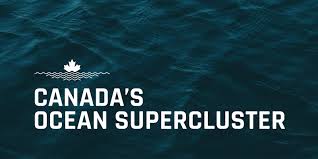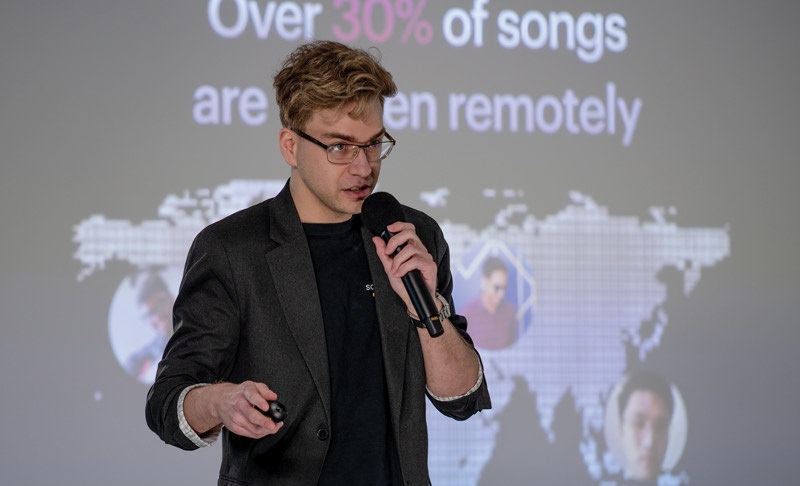The Ocean Supercluster this week is undertaking a road-show throughout Atlantic Canada, outlining how companies can participate in research and development spending expected to be worth as much as $360 million over the next five years.
The group, which is now finalizing its articles of incorporation, was recently chosen as one of five projects from across Canada to establish a “supercluster” of innovation, sharing $950 million in federal funding over five years. These are large-scale initiatives whose aim is to develop centres of innovation in a chosen field — in ocean technology in the Atlantic Canadian iteration.
What it means for startups and entrepreneurs is that the supercluster will become a framework in which innovators can work with established companies on developing products for ocean-related industries. Private sector companies will join together to pilot research projects that would benefit their businesses, and innovators will be able to get involved in the R&D.
“To me, it’s really customer discovery that’s already happened for them [the innovators],” said supercluster CEO Matt Hebb on Wednesday following the presentation. Organizers said about 400 people (half from the private sector) attended the event.
Hebb — who is unsure whether he will be the full-time CEO once the organization is established — leads a four-member team that is putting in place the supercluster structure and launching the procedures of the supercluster. The other members are CTO Susan Hunt of St. John’s, COO Melody Pardoe of Halifax and CFO Jeff White of Saint John. The group expects to incorporate and finalize its agreement with the federal government by the end of the summer. It also hopes to begin launching R&D projects by the end of the year.
Ocean Innovation Is One of the Trends to Watch This Year
Hebb said the supercluster strategy has two main tracks: it will support private-sector members in conducting R&D projects that should help their businesses; and, it will build capacity in Atlantic Canadian ocean industries so talent and resources are more available for marine enterprises.
“Our strategy is to make investments in ocean-related R&D go further and in doing that to build a stronger cluster,” Hebb told the crowd.
Companies of any size can join the Supercluster and pay no membership fee. However, those wishing to work with the organization on R&D projects must pay $250,000 to $10 million over five years to join these projects. The official projects require at least two of these investing members to collaborate and lead the research, and to commit money from their contribution to the Supercluster. If the Supercluster team approves the project, some of the federal funding could be used to support the R&D.
“We’re going to be using industry pull for these projects,” said Hunt. “We’re going to take a stepped approach to see where the shared demand is from the investors.”
Once a project is approved, there will be a chance for a range of companies including startups to get involved, as supply-chain providers, research teams and other functions.
Hebb said the group is planning workshops and other events that will outline to entrepreneurs how they can become involved with the Supercluster. It also hopes to work with groups like Propel ICT, the Creative Destruction Lab Atlantic, Volta Labs and others to develop programs that can benefit startups in the ocean space.
“There are so many great organizations doing work in this space that we think there are opportunities to work together,” said Hebb.










